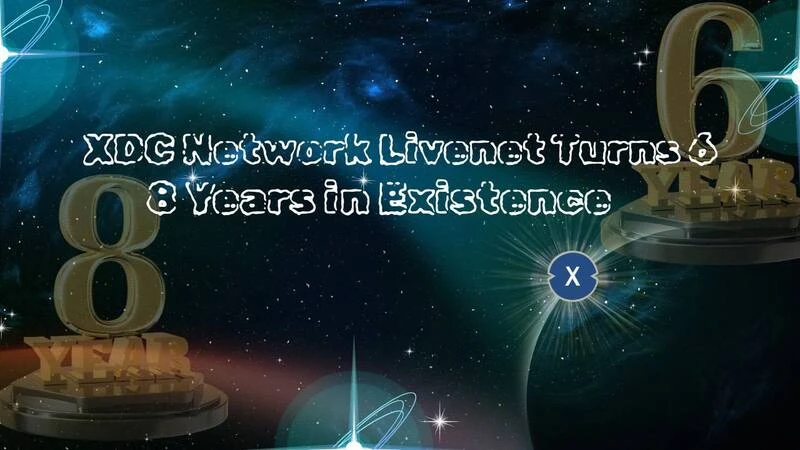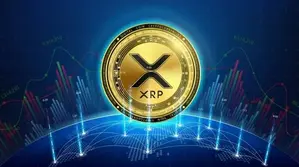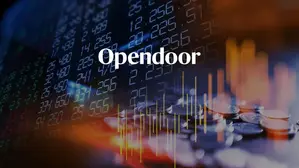XDC Network was launched by XinFin in 2017. The enterprise-grade Layer 1 blockchain is celebrating six years on mainnet and eight years of helping real-life blockchain implementations. The project is known for being enterprise-ready in trade finance, payments, and asset tokenization.
From its launch on June 1, 2019, the XDC Network has seen more than 801 million transactions, 89 million blocks, 261 validator nodes, and 178,000 smart contracts. The incredible figures highlight the active developers and the network’s reliability. As a result of its strong scalability, security, and interoperability, XDC has seen robust growth in supporting businesses in decentralized finance, DePIN systems, and the world of tokenized trade.
XDC Network’s Advancing Protocol Upgrades and Developer Tooling
In September 2024, the XDC network launched XDC 2.0, boosting its safety and the efficiency of its operations. New features added are Solidity 0.8.23 support, LayerZero to move OFT tokens among different blockchains, and accounts using Etherspot that make dApp transactions smooth and gasless.
The updates introduced in XDCScan.io V2 and Etherscan’s blockchain explorer onto the OpenScan platform make it easier for the public to get fast information and real-time visibility of the blockchain’s transactions and contracts.
XDC Subnet is a private blockchain that forms a secure and decentralized network in the XDC Ecosystem. Starting and running a blockchain on a private network is quick for governments or institutions using the XDC Subnet. The whole process takes just 10 minutes.
Token Utility and Liquid Staking Growth
XDC.Cash means that no matter if you’re paying salaries, buying goods, or sending money abroad, cryptocurrency payments become easy and work. As a result, the XDC Network has become a solid base for running sensible treasury activities and compliant international payments.
The network’s native token, XDC, has seen increasing utility via PrimeStaking’s liquid staking protocol. It has locked more than $5.9 million and over 87 million XDC tokens till now. Participants get psXDC, a tradable asset enabling DeFi participation while earning staking rewards.
XDC Network’s Institutional-Grade Integrations and Government Partnerships
Because of its solid regulatory attention, the XDC project has paired itself with top organizations. These include SBI Japan, Deutsche Telekom MMS, Securitize, Archax, Mercado Bitcoin, and SERPRO Brazil. In the Middle East, XDC involves itself in forming RAK DAO. The project also helps bring to life Zanzibar’s National Blockchain Sandbox, underlining the project’s importance for national infrastructure.
Most notably, XDC Network is the public blockchain integrated with R3 Corda, validated through a proof-of-concept with SBI R3 Japan, enabling compliant trade document tokenization for enterprises.
The network is ISO 20022 certified, a global standard that enables banks to exchange their financial data with other banks and financial groups without issues. With a partnership with Bitso Business, XDC Network can now deliver near-instant money transfers to the U.S.-to-Mexico corridor, which is worth $70 billion yearly, and use ISO 20022 standards for USD-to-MXN settlements.
The XDC Network has now become a member of the MiCA Crypto Alliance, providing support for blockchain applications in real life and sticking to rules, transparency, and long-term confidence.
XDC Network in RWA and TradeFi Leadership
Long before RWA in blockchain was popular, XDC Network had already started applying tokens for trade finance purposes. With the help of TradeFi.Network and XDC Trade Network, MSMEs can now jump on the blockchain. They can make use of online bills of lading, guarantees, and tokenized invoices that target the global trade gap of $15 trillion.
The UK parliament also recognized XDC’s incredible work. The network participates in the Global TFD Initiative by partnering with big banks and organizations to modernize the sharing of trade assets worldwide. XDC Network has given more updates on its Medium page.
Some RWA milestones from XDC Network include USTY tokenization with Securitize, offering blockchain access to U.S. Treasury markets. Archax’s tokenized funds for BlackRock, State Street, and Fidelity are also issued natively on XDC. Libre’s on-chain fund issuance of MMFs and private credit products is another example. Mercado Bitcoin’s first international on-chain sale of fixed income using TradeFinex was on XDC Network as well.
Startup Acceleration and Ecosystem Growth
To encourage new ideas, XDC started a dedicated program in cooperation with Foundership, Plug and Play, Tenity, RAK DAO, Brinc, and others. Some startups receive financial support, plus legal opinion and widespread exposure through conferences like GITEX, TOKEN2049, and Consensus. They cover tokenization, payments, DeFi, and ESG, which adds to the network’s presence in Web3.
While blockchain becomes more widely used, the XDC Network is making sure it acts as a main infrastructure for trade, transactions, and RWA tokenization, delivering strong scalability, high-level security, and quickness.
DISCLAIMER: THIS IS A SPONSORED POST






